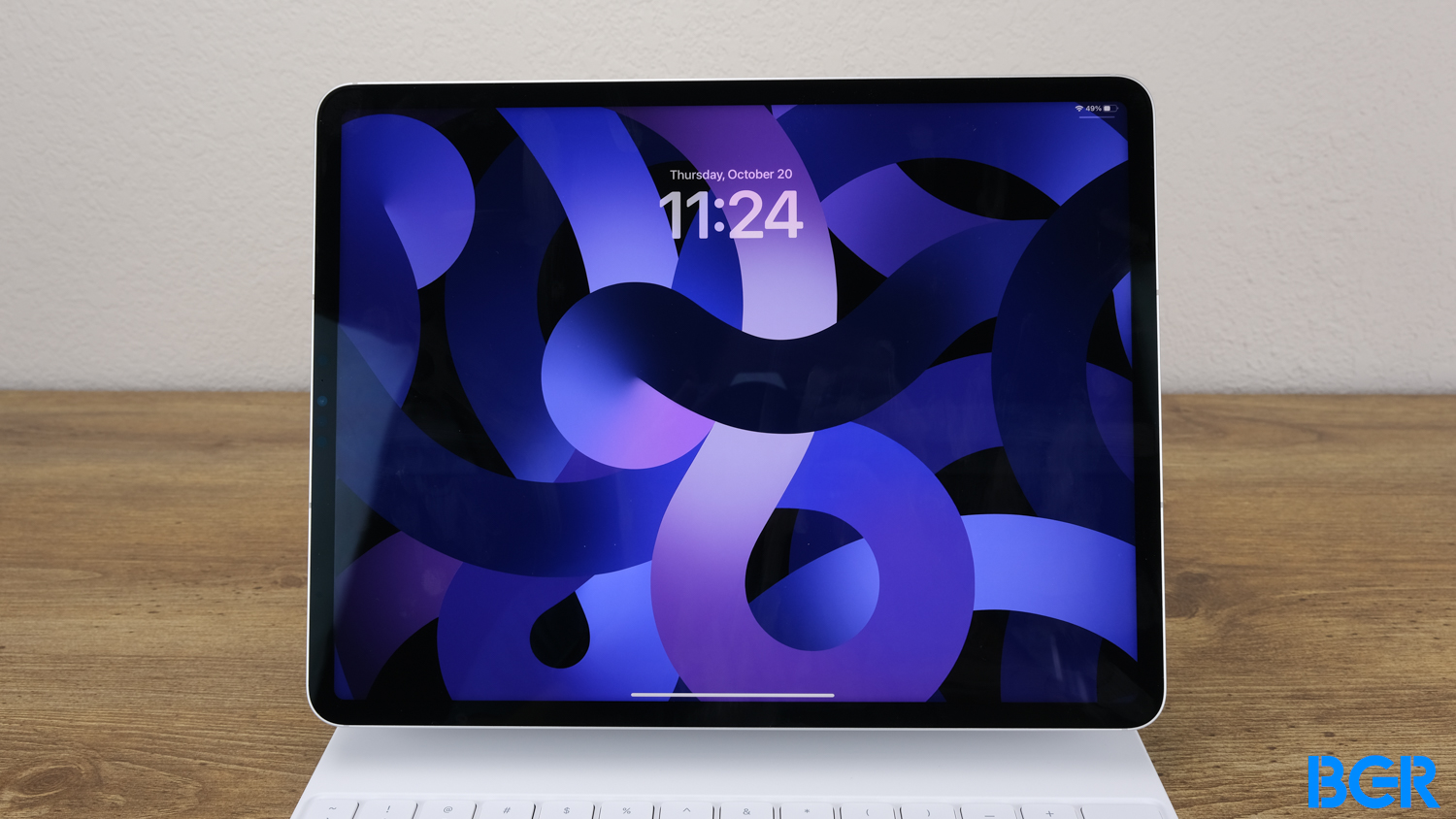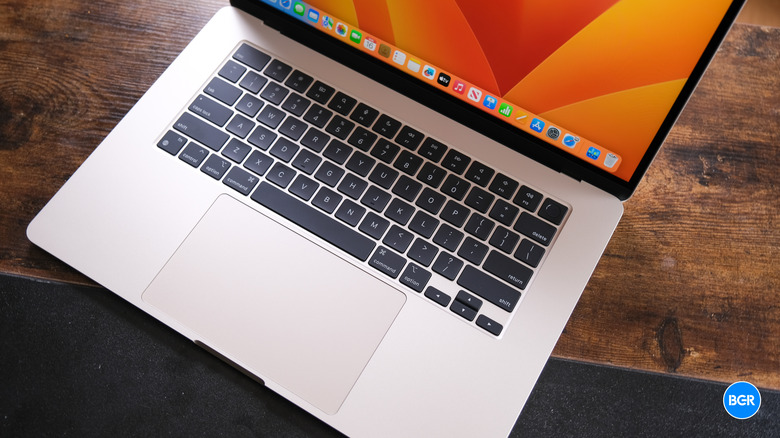Someone Built The MacBook-iPad Hybrid Of My Dreams
I've been dreaming for years about a new kind of MacBook. It's a 2-in-1 device similar to Microsoft's Surface Pro, with a key difference. When in laptop mode, I'd get the full MacBook experience, running the latest macOS version complete with everything I love about it. But the tablet mode would let me detach the screen from the keyboard and get an iPad experience with iPadOS running on the tablet instead of macOS.
We already have a contraption like that out in the wild: Lenovo's ThinkBook Plus Gen 5 Hybrid. Announced at CES, it's a device that offers the user two computers in one: A Windows laptop and an Android tablet.
There's no telling if Apple will ever make something like this. However, I do hope that's what a foldable iPad/MacBook device would have to offer. Until then, there's a way to build yourself the perfect MacBook-iPad computer. It's called a MacPad, or at least that's what Federico Viticci named his new gadget.
Viticci has an amazing guide on MacStories that lets you replicate the device yourself.
He created the MacPad by accident after looking for a better mouse and keyboard experience for the Vision Pro. He realized the MacBook Air's trackpad and keyboard were perfect for the job. One thing led to another, and he came up with the MacBook iPad device that Apple isn't ready to make.
Viticci took the display from an M2 MacBook Air and then used magnets to dock an 11-inch iPad Pro to the laptop's keyboard base. He then relied on Continuity features like Sidecar and Universal Control to turn the iPad's screen into the MacBook's main display. Viticci chose the 11-inch iPad Pro over the 12.9-inch model so it would be lighter.
When docked, the iPad acts more or less like a traditional MacBook. But it features support for touch interactions, including various gestures. The S Pen also works with the screen.
Take it off the keyboard, and the iPad Pro returns to being an iPad.

The best part of all of this is using both operating systems simultaneously. Whether the iPad Pro is docked or not, you can use both macOS and iPadOS side-by-side while Sidecar is enabled. That's actually the Apple experience I've been dreaming of.
I don't want macOS and iPadOS to merge. Each has its strengths that I want to take advantage of.
The iPad can't replace the MacBook when it comes to productivity, no matter how much Apple wants to make that happen. But the MacBook isn't as convenient for other experiences. Like consuming and interacting with content. I need a touchscreen for that, not a keyboard and trackpad.
Viticci's guide is incredibly detailed, as he explains some of the quirks of creating the MacPad. For example, you have to use a VNC service to unlock the MacBook whenever it boots up. It doesn't have a display of its own. You can hook it up to an existing display if you have one nearby.
You will also need to launch Sidecar from the iPad, not the Mac. Furthermore, the iPad and MacBook need to be on the same Wi-Fi connection, which can be a problem when traveling.
But the whole thing works. Apple's existing Continuity features that unite the iPad and Mac make it possible. Also, the similarity between macOS and iPadOS/iOS helps with the seamless transition between the two operating systems.
Unfortunately, the MacPad isn't practical at all, and it looks pretty ridiculous. If Apple were to ever make a MacPad, it would obviously have a much better design. As much as I want a device like this, I don't think I'm ready to replicate Viticci's MacPad. But I will say that I've been thinking about Sidecar a lot recently as I've been contemplating the idea of getting a new iPad.
Viticci's guide should come in handy to help me make the most of it. If you're having similar thoughts, you should check out the guide over at this link, complete with lots of images and videos of the MacPad.
